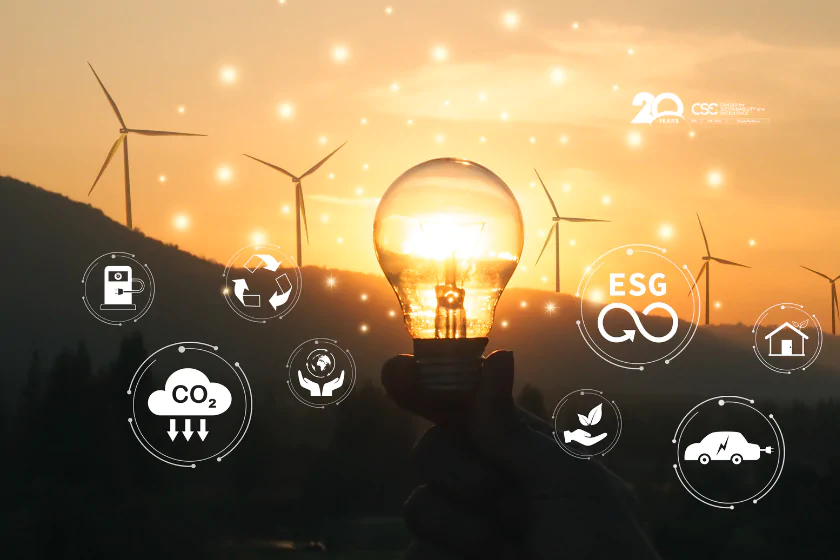A new tax bill passed by the U.S. House of Representatives on May 22, 2025, has raised significant concerns among clean energy advocates, economists, and consumer groups. The bill’s provisions could slow the nation’s transition to renewable energy and contribute to higher electricity bills for millions of Americans.
What’s Changing in the Tax Code?
The legislation accelerates the expiration of key renewable energy tax incentives. To qualify for the Production Tax Credit (PTC) or Investment Tax Credit (ITC), project developers must begin construction within 60 days of the bill’s enactment and complete projects by the end of 2028. Previously, the Inflation Reduction Act of 2022 extended these credits through at least 2032, providing crucial long-term certainty to investors and developers.
In addition, the bill imposes stricter domestic sourcing requirements for clean energy components, targeting concerns about dependence on Chinese suppliers. However, industry groups argue that current domestic manufacturing capacity is insufficient to meet demand, risking delays and cost overruns.
Quantifying the Potential Impact
According to the U.S. Energy Information Administration (EIA), renewables accounted for 23% of U.S. electricity generation in 2024, with projections reaching nearly 30% by 2030 under current policies (Annual Energy Outlook 2025). The new tax bill could dampen this growth trajectory.
A recent analysis by Advanced Energy United estimates that up to $90 billion in clean energy investments currently in development could be jeopardized if the bill passes unchanged. This would translate to approximately 150 GW of wind and solar capacity at risk — enough to power over 50 million homes.
Moreover, a slowdown in renewable deployment could lead to higher wholesale electricity prices. A 2024 Lawrence Berkeley National Laboratory (LBNL) study found that adding renewables tends to lower grid prices due to their low marginal costs. If clean energy growth stalls, utilities may rely more heavily on natural gas, subject to volatile fuel prices, potentially driving consumer bills upward.
Uncertainty and Assumptions
While these projections highlight serious risks, there is considerable uncertainty:
-
The Senate may amend the bill, softening deadlines or adjusting sourcing rules.
-
Some state-level incentives and mandates may help offset the impact of federal policy changes.
-
The pace of domestic manufacturing scale-up remains an unknown variable.
It is also worth noting that supply chain constraints and permitting bottlenecks — already affecting renewable energy — could be further exacerbated by the bill’s compressed timelines.
Conclusion: Building Expertise to Navigate Policy Change
The new tax bill reflects a broader debate on balancing economic, national security, and climate objectives. While encouraging domestic manufacturing is a valid goal, doing so at the expense of clean energy momentum may prove counterproductive — especially given U.S. commitments under the Paris Agreement and state-level climate targets.
Consumers, too, stand to lose if electricity costs rise. According to a 2025 National Renewable Energy Laboratory (NREL) briefing, increased reliance on fossil fuels could raise average residential bills by 5–10% in affected regions by 2030.
In this complex policy landscape, it is vital for sustainability professionals, corporate leaders, and policymakers to stay informed and equipped with practical tools. The Certified Sustainability (ESG) Practitioner Program – USA Cohort offered by the Center for Sustainability and Excellence (CSE) is a leading training that helps participants understand evolving U.S. regulations, integrate ESG criteria into corporate strategy, and anticipate policy risks such as those posed by this tax bill.
👉 Enroll today to enhance your ability to lead sustainable change and align with best practices amid shifting regulatory and market conditions.







